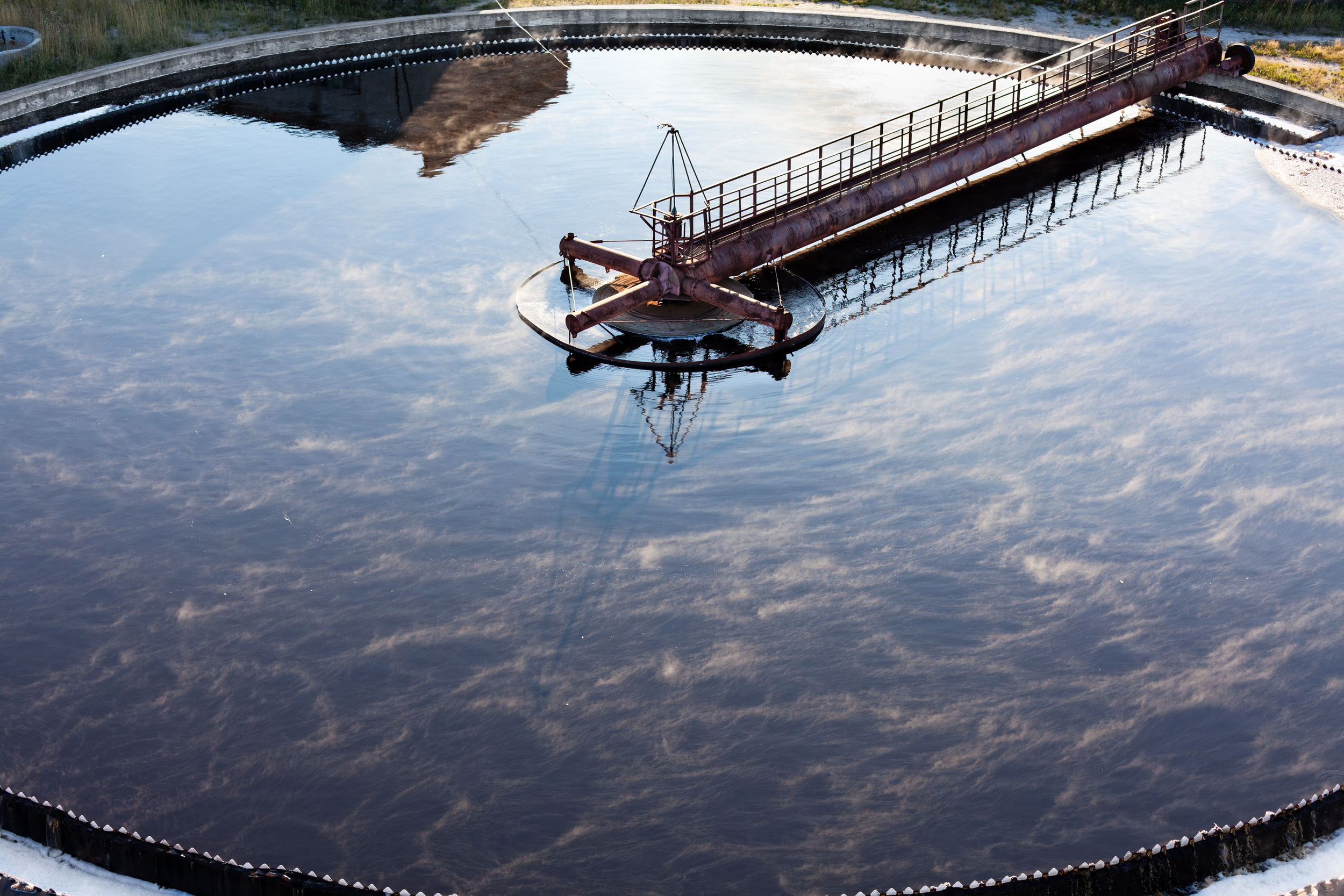 Search
Search
 Search
Search

Program reduces fouling rate and mechanical costs, improving flexibility, energy efficiency, and production
Download PDFReduce fouling rate caused by blend strategies

Gulf Coast

A major refinery faced significant but controllable fouling rates while processing heavy crude. To enhance profitability, the operator blended 35% light crude with the typical heavy diet. However, this dramatically increased fouling rates, approximately six times higher than the normal diet. Despite multiple attempts to mitigate the increase using other light crudes and components, the fouling became even more aggressive, which reached levels approximately 24 times higher than the normal diet. As a result, an unplanned shutdown was necessary to clean the exchangers, which would impact production efficiency and costs.
Halliburton engineered a trial solution using RPA-302 antifoulant, drawing from previous successes in similar applications. Shortly after initiating the trial, the treatment proved effective, which led to its adoption as a permanent solution.
The permanent application successfully eliminated expenses related to increased fouling rates. The refinery can now process crude flexibly, blending light crudes into their normal heavy diet without penalty.
The RPA-302 antifoulant strategy not only improved fouling rates but also facilitated gradual system cleanup over time. This effective program delivered an estimated recurring chemical return on investment (ROI) exceeding 300%, resulting in annual net savings of approximately USD 1.5 million.

Halliburton helps enhance downstream operations through water and process treatment programs that deliver specialized chemicals, analysis, and more.